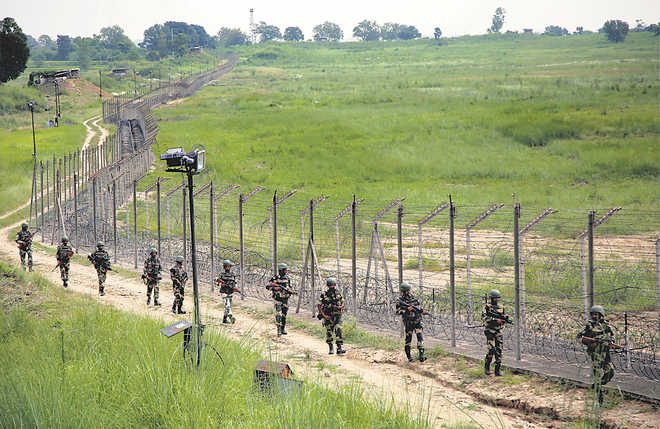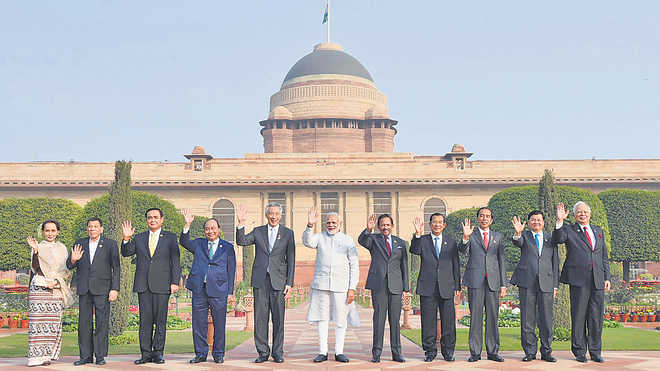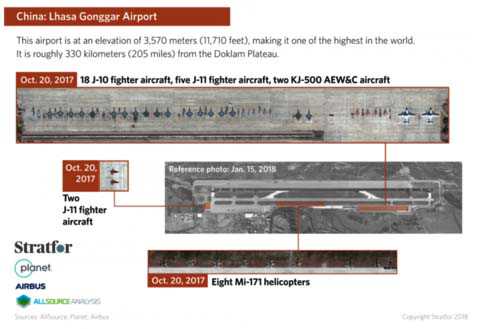Finance minister Arun Jaitley speaks about the shortfall in fiscal deficit target, his new healthcare plan and the need to increase farmers’ nonfarming incomes
In an interview to state-run broadcaster Doordarshan, finance minister Arun Jaitley discussed Budget 2018, touching upon issues ranging from the National Health Protection Scheme, which he termed ‘Modicare,’ to the fiscal deficit and farm sector. Edited excerpts:
 ILLUSTRATION: MOHIT SUNEJAON FAILING TO MEET THE FISCAL DEFICIT TARGET OF 3.2% OF THE GDP, THE FIRST SLIPPAGE IN THE GOVERNMENT’S TERM. IT WAS REVISED TO 3.5%
ILLUSTRATION: MOHIT SUNEJAON FAILING TO MEET THE FISCAL DEFICIT TARGET OF 3.2% OF THE GDP, THE FIRST SLIPPAGE IN THE GOVERNMENT’S TERM. IT WAS REVISED TO 3.5%
You can theoretically use the word slippage, but essentially it is substantially statistical. For a 12-month year, my direct tax revenue is for 12 months but this being the first year of GST (goods and services tax), it factors in only 11 months of GST. Because of this, I am inherently ₹36,000 crore short because the 12th month is not there.
As far as the future roadmap is concerned, despite expanding expenditure, I have predicted 3.3 for next year, and 3.1 for the year thereafter, then 3.0. The glide path, which has been my commitment, will remain. I have not allowed it to grow in any single year and this year you can call it an aberration partly because of structural reforms and partly because of the statistical switchover that has taken place.
ON FOCUS ON TAXATION; TAXING THE RICH AND NOT REDUCING TAXES ON BIG COMPANIES AND RELIEF OFFERED TO SMALL COMPANIES
My eventual roadmap is to bring down corporate tax to 25% also because of competitive reasons. We are now competing with countries where investors have a choice, and why should they invest in a country where the tax rate is 30-40% when they have the choice to go to a 20% country?
Last year, I took the first step, that small companies, upto ₹50 crore turnover, (should be taxed less). This time, I have taken it up to ₹250 crore. Which means the entire small-medium upcoming sector is covered in this. I am gradually moving upwards and out of the 600,000 companies which are filing returns, I have covered 593,000. These 7,000 big companies are out of it yet, but don’t forget these 7,000 companies are those who avail of all the exemptions and the actual rate they are paying is less than 25%. I can’t suddenly remove the exemptions as they have a sunset date.
…as far as long-term capital gains are concerned, quoted in my speech last year, ₹367,000 crore is the profit large investors have earned—domestic and international—andthey are wealthy people who have brought in equity into the investment market. Not a rupee of tax is paid. Is it equitable that ₹367,000 crore is what you earn in a year and don’t pay tax? Somebody had to bite the bullet and some day it had to be bitten. I think this was the most appropriate moment for it. Investors also knew that sooner or later this would come, but I didn’t want to commit the mistake my predecessors did by putting anything which would have a retrospective effect. So I said that whatever you have earned in India till yesterday — 31 January — will be grandfathered and protected. Any profit which is earned thereafter from the sale of equities will be subject to a 10% tax.
ON WHETHER THIS IS AN ELECTION BUDGET
This is not an election budget at all. If you look at the economy, our services sector is strong and manufacturing has improved, so it is natural that we will fix the weakest areas of our economy… We all are very worried about agriculture and we are working to double farmers’ income. We need to work on rural roads, electrification within and outside the homes in rural areas, toilets, health for the poor and work on giving the farmer a good price for the produce. And there are band-aid solutions like waiving off loans so that the problem is solved, but they will recur after two years. We need to attempt to increase their income from agricultural and non-agricultural activities. So for him (farmer) to get a price which is 50% more than his cost, according to Dr (MS) Swaminathan’s recommendation, we need to get closer to that and have attempted that.
ON ‘MODICARE’ FUNDING AND ITS DELIVERY
This will be a government-funded scheme. This is a country where there was no social security. It (Modicare) is a leap in the direction of social security. You have put 0.1% cess on income tax, which means the 3% has been changed to 4% with a 1% surcharge which will have a marginal 0.3% impact. We can use the long-term capital gains and these resources to help increase farm income and provide healthcare. This means that the money you are collecting from the public is being used to provide healthcare to the weaker sections. If through government means, the wider the base the cheaper will be the insurance premium because not everyone in every family has to be hospitalised every year, but only during a crisis. So every family should have an insurance card’s insurance premium will be prepaid by the government along with a list of both private and public hospitals that can be availed of. The health ministry will work on the details and roll it out as soon as possible.
ON THE HIKE IN THE MINIMUM SUPPORT PRICE AND IF IT IS A SHORT-TERM FIX
Higher food prices have an effect but so do a lot of other things. And in this country, in the past, inflationary levels have always been very high and today the situation is such that inflation can be contained within 3-4%.
MSP will not solve all the problems of the farmers, but it is an important pillar of it. I have specified several plans in this budget to increase the non-farming incomes for farmers and how we can increase their incomes.
ON THE MIDDLE-CLASS COMPLAINING ABOUT THE ABSENCE OF ANY RELIEF FOR THEM IN THE BUDGET
Last year, entry point rate was brought down from 10% to 5% of income tax. So it must be remembered that India is the only country in the world where 5% income tax exists. It’s the lowest slab in the world and it is not possible to reduce it further. Second, I chose three categories in such a way that those who were in need of tax relief this year and who fall in the middle-class bracket (benefit).
First, the entire salaried class which also includes the pensioners amount to nearly 2.5 crore people; for them I have restored ₹40,000 as standard deduction and the reason for this is that the other individual taxpayers such as business (people), professionals, can adjust their expenditures in their own accounts. The salaried people have no such room to do so and hence this step was taken to provide them relief.
Secondly, senior citizens have complained that interest rates have been dropping and for the economy to move forward, it is important to reduce interest rates too and they were suffering because of it. I have not touched the interest rate of small savings and kept it constant at 8.3% …. The interest they earn on up to ₹50,000 has been made tax free. A relief of upto ₹50,000 has been given on the expenses of their medicines; if they are hospitalized, they will be given a relief of up to ₹1 lakh.
In the salaried class, we have included women as well because there is no separate category for women in taxation. The standard deductions that have been offered will include women as well.
The third category belongs to businesses… all SMEs (small and medium enterprises)– all businesses (with a turnover) less than ₹250 crore – should corporatize themselves and conduct transparent businesses and their tax slabs will automatically reduce…
ON BUDGET BEING SILENT ON RISING INTERNATIONAL CRUDE OIL PRICES
If you go into the details of the excise duties, one of the duties has been changed to a cess to balance the central revenues because after GST, the central revenues were taking a hit and the decline that you notice is because the duty becomes a cess. Ideally India would be very comfortable with a price of about $60 (per barrel) and even if it moves up to the present level, it’s a shock we will try and absorb though it has an inflationary impact. Until now, we are bearing the shock.
ON BITCOIN, GOLD
We want to discourage people on bitcoin and a government committee is deliberating on it. Gold is an idle asset, present in the economy half in the form of jewellery lying in bank lockers and the other half in raw form and does not affect productivity of the country. People can monetize it or use it so we introduced gold bonds or schemes but we have not received as much response as was anticipated so I gave an indication of making gold monetisation more attractive in this budget.
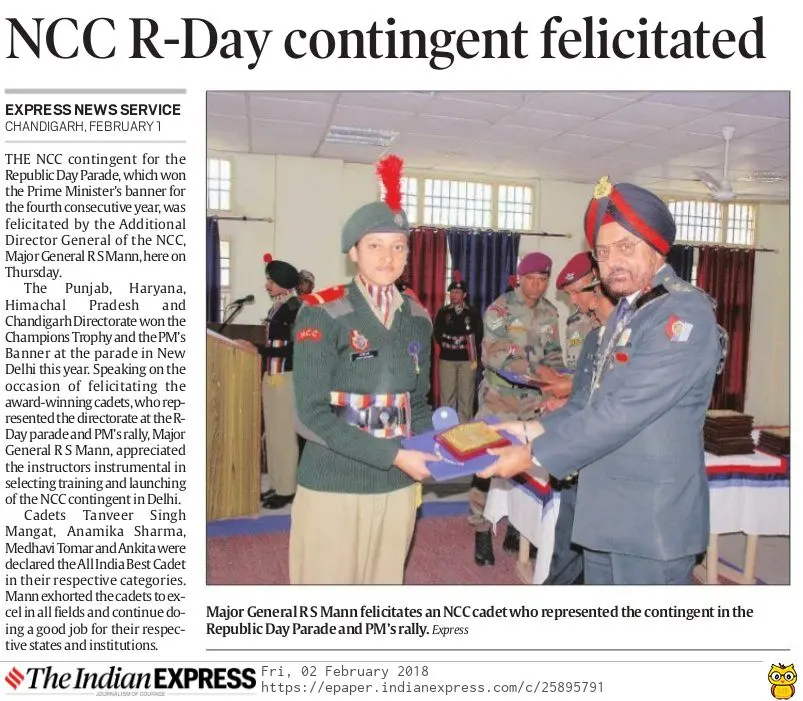

























































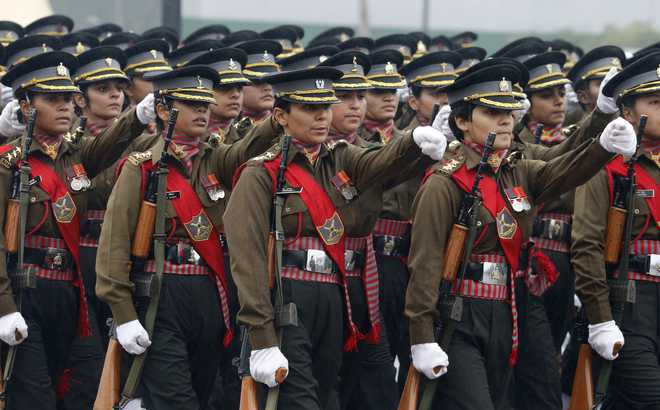
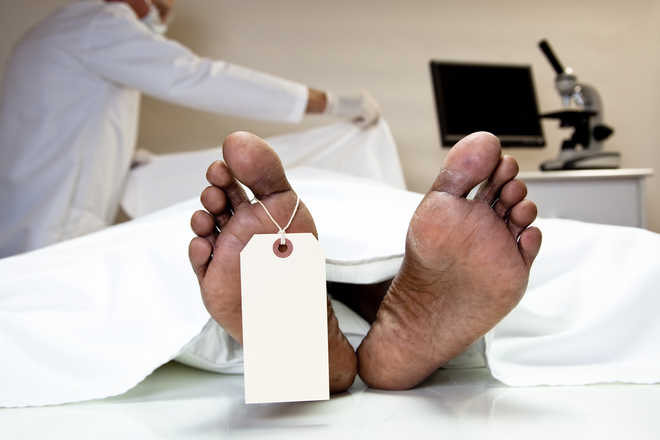
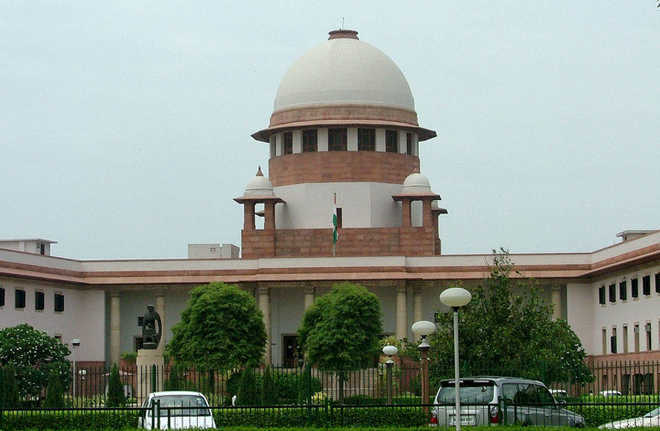
 ILLUSTRATION: MOHIT SUNEJA
ILLUSTRATION: MOHIT SUNEJA

